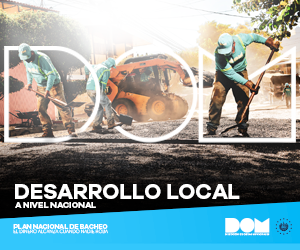International
Fear and anguish for the future reign among the displaced of the Catatumbo in Ocaña
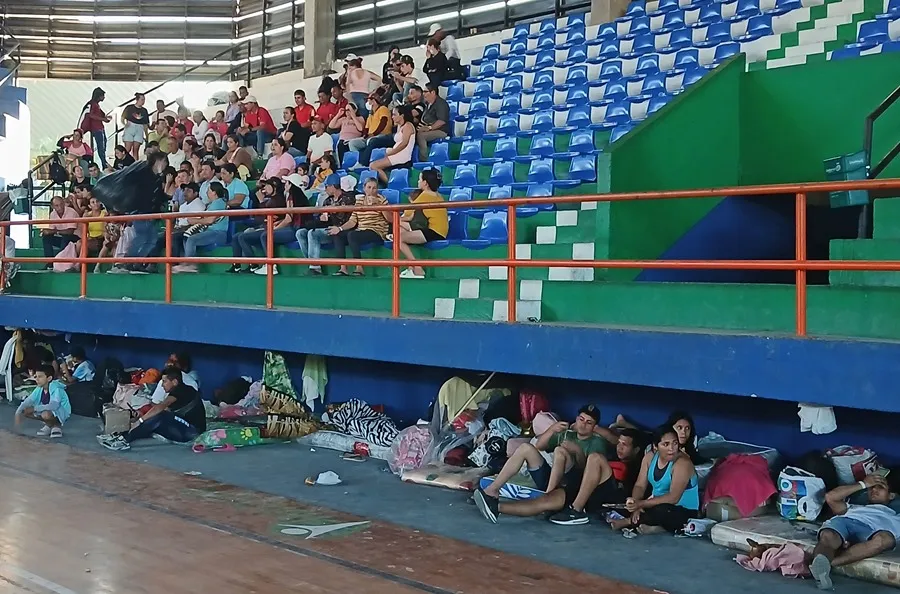
Fear and anguish reign among the thousands of displaced people who arrived at the Ocaña coliseum after leaving behind their lives in the Colombian region of Catatumbo where a confrontation between the guerrillas of the National Liberation Army (ELN) and a dissent of the FARC, which has already lasted a week, forced them to flee their land.
Coming from different hamlets in the area, the displaced people pile up in the Algerian coliseum Durán Quintero, so named in memory of that politician and former minister born in Ocaña and who, like them, was a victim of the armed conflict because he was kidnapped by the guerrilla of the People’s Liberation Army (EPL) in January 1992 and died in captivity a month and a half later, at the age of 77.
Many of the newcomers agree to talk to the press, but few give their name for fear of suffering reprisals if they return home, a possibility that for now they see remote.
“No, it’s very difficult for me to go back there, very difficult, you have to fix a lot for one to return because (…) there is a lot of violence,” Delma Martínez (name changed) tells EFE.
The 66-year-old woman says that last Thursday, when the clashes between the ‘elenos’ and the 33rd Front of the FARC dissidents began, she left the sidewalk (village) of Piedras de Moler, in the jungle area of Teorama, one of the municipalities of Catatumbo.
“The shooting was formed and I had to come to (the hamlet) Las Chircas because the situation got angry,” he says in the midst of the hustle and bustle of the coliseum.
According to the Ombudsman’s Office on Tuesday, of the 32,000 displaced people, 15,086 arrived in Cúcuta, capital of Norte de Santander; 11,503 to Ocaña, the second city in that department, and 5,300 in Tibú, a town located in the Catatumbo.
Upon arriving at the coliseum, they are directed to some attention stations marked with the names of the municipalities from which they come where officials take the data in the midst of a constant hustle and bustle for the arrival of food and mats.
Entities such as the Colombian Institute of Family Welfare (ICBF), which takes care of children and adolescents; firefighters, the Ombudsman’s Office, the Colombian Red Cross and the Emiro Quintero Cañizares Hospital, participate in this assistance.
There are also “sycological care” and “spiritual care” points, and on a soccer field located at the back of the coliseum, some boys play while adults prepare food in large pots.
“One is stigmatized, with nerves because of so much violence and so many children suffering,” adds the woman.
As he explains, his group was composed of “six people, three women and three boys”, who walked in the direction of Ocaña, but halfway she injured her leg in a fall, so they had to ask a motorcyclist for help to raise it in the back.
The woman adds that although they have received the first aid, they fear for their future if the crisis continues.
“They are behaving well with us because they are giving us ‘room’ and food,” he says, adding that they also need clothes and toiletries. “I am a person who doesn’t have a job here, I don’t even get (the subsidy for) the elderly anymore (…) they took that away from us,” he says.
In the same situation is Torcoroma, 37, who arrived in Ocaña along with her husband and two children, aged 16 and 11, from San Pablo, a district of Teorama, with fear in his body for “the crossfire between the FARC and the ELN”.
This housewife tells EFE that the outbreak of violence was not a surprise because “there was one or two rumors that there was a ceasefire only for the December season, but we do not know why they are in this fight” because until now, in São Paulo “both groups lived together.”
“At all,000 people came,” he says, adding that they left “with the only thing we could put in some backpacks and the papers (documents).”
On the possibility of returning to San Pablo, a farmhouse that in recent years experienced a bonanza for coca, Torcoroma responds: “No, we have to wait for something else to normalize and that we do not run the risk of returning to our homes.”
“You know that there is a saying ‘he who owes nothing, fears nothing’, but for killing another they come out by killing someone who owes nothing,” he concludes.
Central America
Trump Administration Asks Supreme Court to Block Return of Deported Salvadoran

The Trump administration on Monday asked the U.S. Supreme Court to block a lower court order requiring the return of a Salvadoran migrant who was mistakenly sent to a maximum-security prison in El Salvador, despite having legal protection from deportation.
The U.S. government has until Monday to bring Kilmer Armado Ábrego García back to the United States, as ordered by Judge Paula Xinis in a Maryland court.
According to The Washington Post, the administration argues it lacks authority to comply because Ábrego García is currently in Salvadoran custody.
The U.S. had appealed Judge Xinis’ ruling to the Fourth Circuit Court of Appeals, but the court declined to act immediately—prompting the administration to take the case to the Supreme Court. In its filing, the government stated that “the Constitution entrusts the President, not federal district courts, with the conduct of foreign diplomacy and the protection of the nation from foreign terrorists, including through deportation.”
Ábrego García, a resident of Prince George’s County, Maryland, and married to a U.S. citizen, came under scrutiny in 2019 after an informant claimed he was a member of the MS-13 gang (Mara Salvatrucha).
Although he was initially slated for deportation, a judge later granted him a stay of removal after he requested asylum, according to the lawsuit.
Nevertheless, U.S. Immigration and Customs Enforcement (ICE) detained him on March 12, claiming his status had changed, and sent him to a detention center in Texas.
International
Teachers in Southern Mexico Bring Education to Stranded Migrant Children
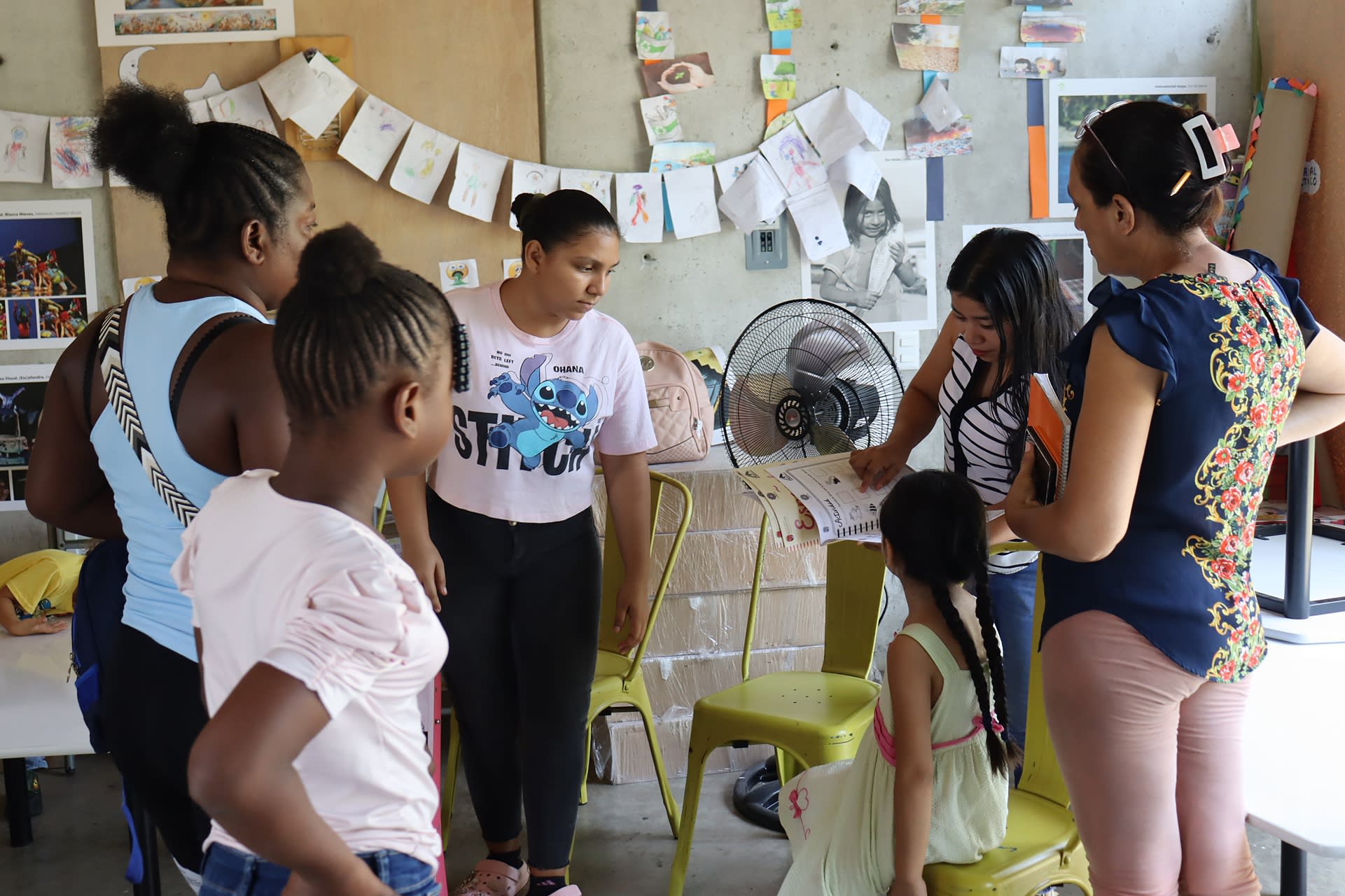
Teachers in southern Mexico have created a program to provide classes for migrant children stranded in the region, following a year-over-year increase of over 70% in irregular migration among minors—many of whom lose months or even years of education during their journey toward North America.
In Tapachula, the largest Mexican city bordering Central America, three teachers offer preschool, elementary, and secondary education through the Chiapas State Migrant Education Program (Pemch).
This initiative has been replicated in key municipalities across Chiapas, including San Cristóbal de Las Casas, the capital Tuxtla Gutiérrez, Palenque, Comitán, and other border towns. Currently, there are around 1,345 migrant students and a total of 35 teachers working across farms and shelters.
Pablo Arriaga Velázquez, a teacher with the migrant education program in Tapachula, told EFE that the project was born in response to the large number of migrant minors, as enrolling them in regular schools is often difficult.
Central America
Mulino and Orsi Highlight Shared Vision After Panama Joins Mercosur as Associate State

The Presidents of Panama, José Raúl Mulino, and Uruguay, Yamandú Orsi, highlighted on Monday the path of integration both countries have undertaken in areas such as trade and the defense of democracy, following a meeting held at the Panamanian government headquarters.
In a brief statement to the press, both leaders emphasized that Panama and Uruguay share many values and are working together across different sectors. They also underlined a renewed connection following Panama’s accession last December to the Southern Common Market (Mercosur) as an Associated State.
“Panama has begun a new era of looking southward, seeking opportunities not only for work, business, and friendship, but also for regional integration in a positive sense. Today, I believe we have taken a decisive step in that direction,” said President Mulino.
The Panamanian leader stressed that his country and Uruguay “have much in common” and share “important values in terms of democracy, respect for institutions, and the rule of law—principles that must always be strengthened, no matter how much effort it takes.”
-
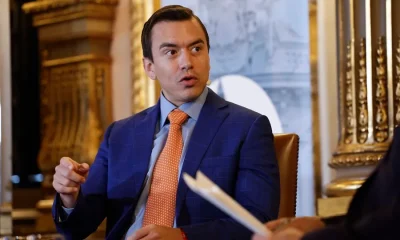
 Internacionales2 days ago
Internacionales2 days agoErik Prince Backs Ecuador’s Daniel Noboa in Fight Against Crime and “Narcoterrorism”
-
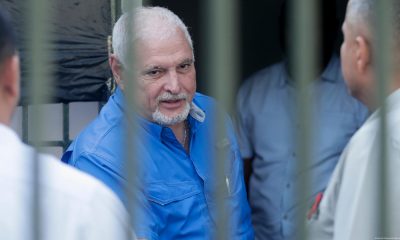
 Central America4 days ago
Central America4 days agoPanama’s former president Martinelli claims political enemies tried to kill him
-
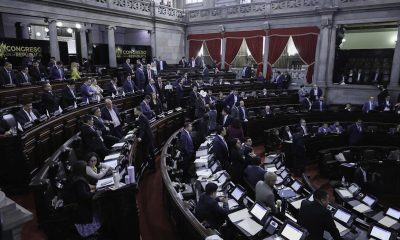
 Central America2 days ago
Central America2 days agoGuatemala’s Legal Chief Shot Dead in Parking Lot: Investigation Underway
-

 International4 days ago
International4 days agoJavier Milei vows to work ‘side by side’ with the U.S. on trade rules
-
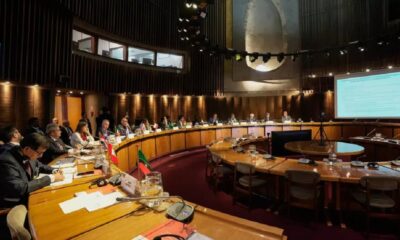
 Central America15 hours ago
Central America15 hours agoHonduras Hosts CELAC Summit Amid Regional Concern Over U.S. Deportations
-
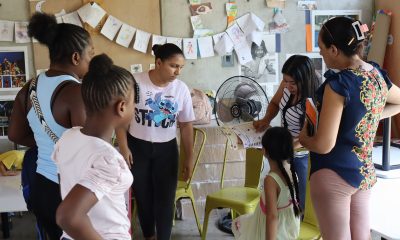
 International15 hours ago
International15 hours agoTeachers in Southern Mexico Bring Education to Stranded Migrant Children
-
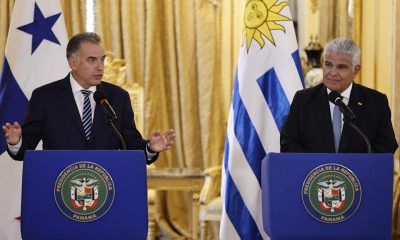
 Central America15 hours ago
Central America15 hours agoMulino and Orsi Highlight Shared Vision After Panama Joins Mercosur as Associate State
-

 Central America15 hours ago
Central America15 hours agoTrump Administration Asks Supreme Court to Block Return of Deported Salvadoran













